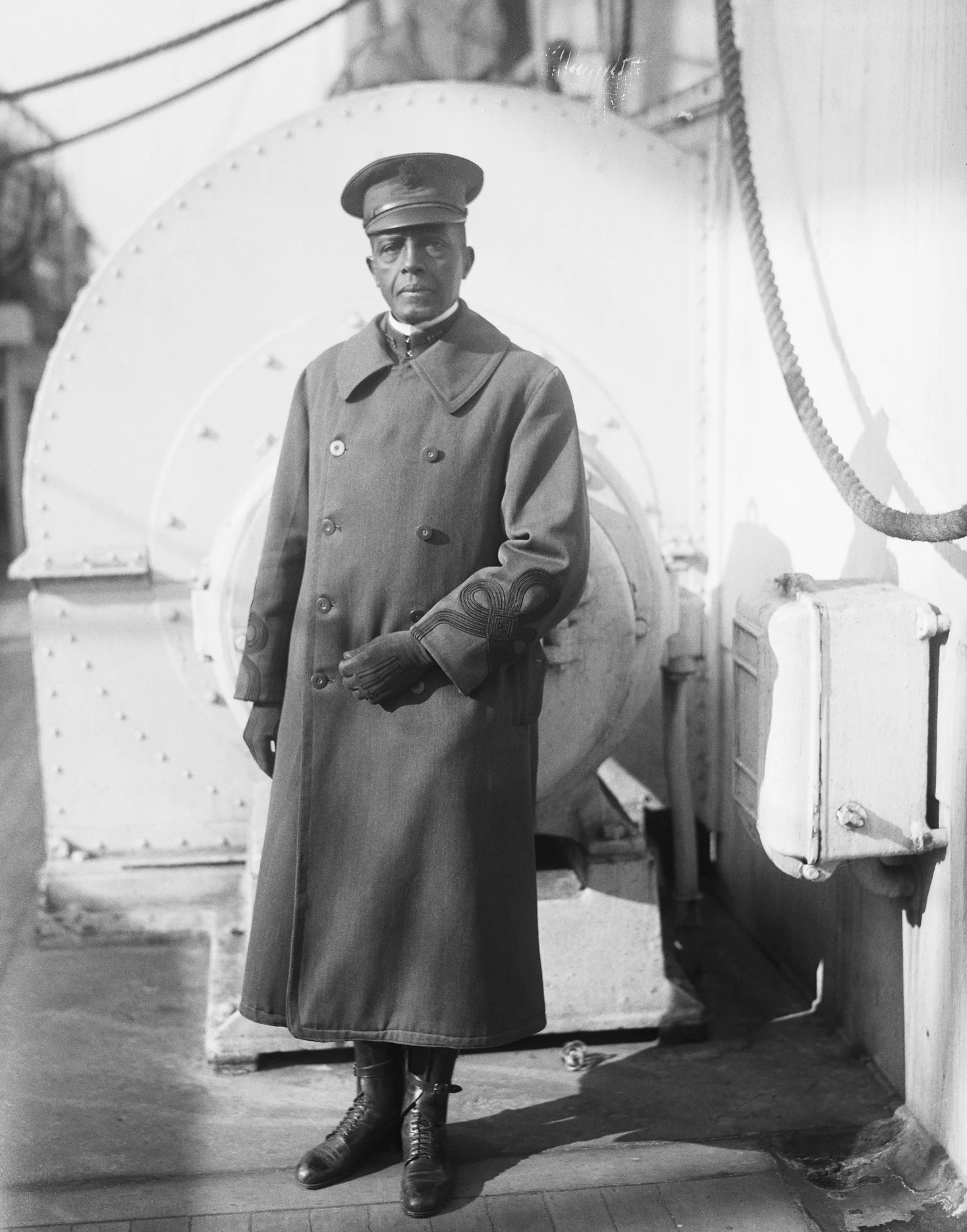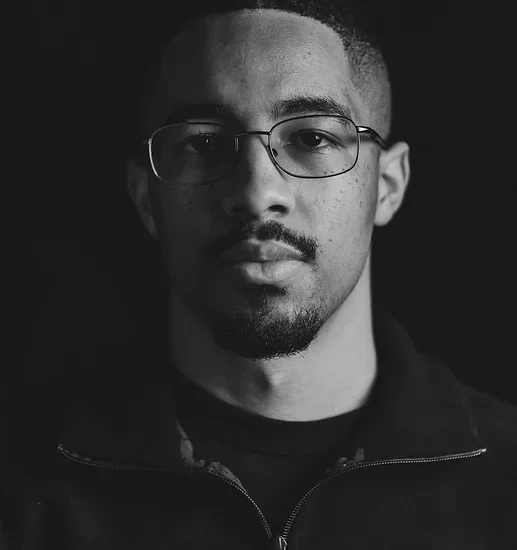Photo by Bettmann Collection/Getty Images
In June 1917, as it prepared to fight in World War I, the U.S. Army forcibly retired Charles Young, one of its most senior and accomplished officers. Why? It did not want any Black officer in command of white soldiers, and the outbreak of war combined with Young’s rank and experience would have made this inevitable.
A notable Black leader during the late 19th and early 20th centuries, Young was perhaps the most important figure in African American military history. Born enslaved, he lived through the Civil War, the promise and eventual failure of Reconstruction, and the rise of Jim Crow. Despite tremendous obstacles, he eventually rose to the rank of colonel in the U.S. Army and forged what remains one of the most remarkable military careers of the era.
Young was born in Kentucky in 1864. His father was a Civil War veteran who had escaped slavery to serve with the U.S. Colored Troops. He instilled in his son a strong racial pride and a desire to serve. His mother was literate and imbued him with a love of learning.
Their influence pushed Young to excel in high school, particularly in the study of music and foreign languages, and test for entrance into the U.S. Military Academy at West Point. He scored perfectly on the written exam and second overall. After the first-place candidate withdrew, 20-year-old Charles Young was nominated and accepted into the academy.

In this photograph, we can see Young as a cadet at West Point. He entered the academy in 1884, only the ninth African American ever admitted. He was exceptional among his peers in several respects. He had no powerful patron pushing for his admission, and he had neither previous college experience nor an upper-class background.
Thus his acceptance, while a fantastic accomplishment, also brought further challenges. While he excelled in the humanities, Young struggled in mathematics and, as a result, had to repeat his first year. He also suffered through harsh racial abuse and social ostracization. Steadfast and resilient, over time he gained the respect of some of his white peers, and the abuse diminished. However, it never abated, and he constantly struggled against racism throughout his career.
Despite these difficulties, Young found military life very fulfilling. He graduated from West Point in 1889 and was assigned to the 9th Cavalry, one of the four Black regiments in the U.S. Army more commonly known as the Buffalo Soldiers. He served with the unit on several missions in the western United States and during the Philippine-American War. In 1894 he went on detached service to Wilberforce University to teach military science, and he stayed as a professor.
In 1903, Young became the first Black person to become a National Park superintendent. He was sent to Haiti in 1904 and became one of the first military officers in the United States to become a military attaché. He also served as military attaché to Liberia twice, first in 1912 and later in 1919. His final field assignment came in 1916 when he led the 10th Cavalry in several actions in Mexico during the “punitive exhibition” launched to capture the Mexican revolutionary Poncho Villa.
Young served with a high degree of intelligence, skill, and vigor. He believed in military service and recognized its importance as a vehicle of uplift for African American men. His rank and status established Young as one of the foremost torchbearers of the African American demand for the rights of full citizens. W.E.B Dubois and the NAACP recognized his efforts with the 1916 Spingarn Medal.
Paradoxically, America’s imperial ambitions marred his service. Many of his assignments, particularly those in Haiti, Liberia, and the Philippines, were directed at the suppression of Black and indigenous populations.

Young’s forced medical retirement sparked outrage in the Black community, and he undertook a highly publicized trip to protest the decision, riding his horse 497 miles from his home in Wilberforce, Ohio to Washington, D.C. His trip itinerary, shown in this photograph, demonstrates just how physically demanding his journey was. Eventually he was reinstated but not until five days before the German Armistice, denying him the chance for wartime service and further promotion.

In this final image, we see Young traveling to Liberia for his second stint as military attaché. It was his last assignment. In 1921, while on a mission to Nigeria, Young fell ill and died. His body was returned to the United States in 1923 and buried in Arlington National Cemetery. In 2013 his home in Wilberforce was designated as the Charles Young Buffalo Soldiers National Monument, a testament to his selfless service and struggle for racial equality.

Listen to the author:
Learn More:
David P. Killroy, For Race and Country: The Life and Career of Colonel Charles Young (2003)
Le’Trice D. Donaldson, Duty Beyond the Battlefield: African American Soldiers Fight for Racial Uplift, Citizenship, and Manhood, 1870-1920 (2020)
Claude A. Clegg, “‘A Splendid Type of Colored American’: Charles Young and the Reorganization of the Liberian Frontier Force,” International Journal of African Historical Studies (1996)
Emmett J. Scott letter to Colonel Charles Young, July 9, 1917, https://ohiomemory.org/digital/collection/p15005coll34/id/480/





